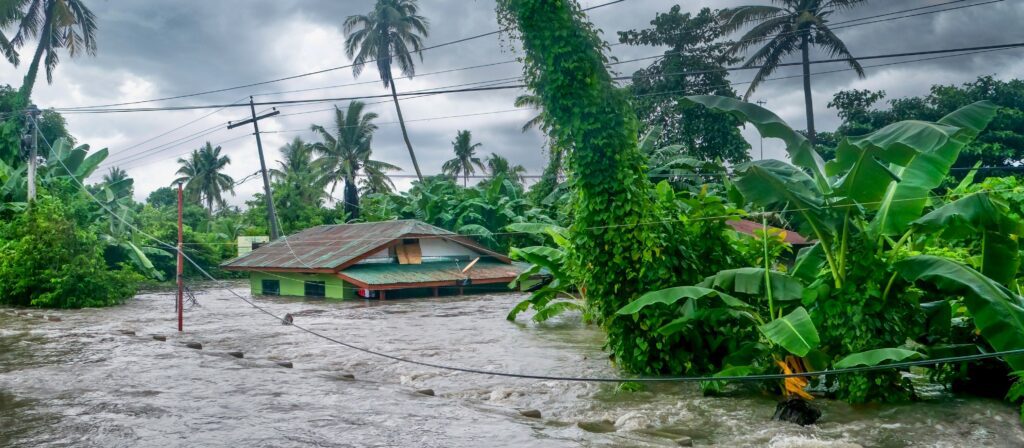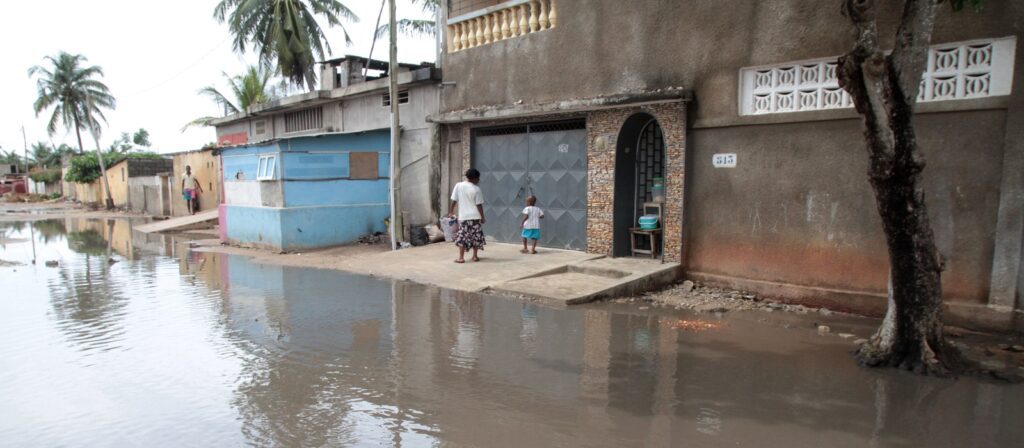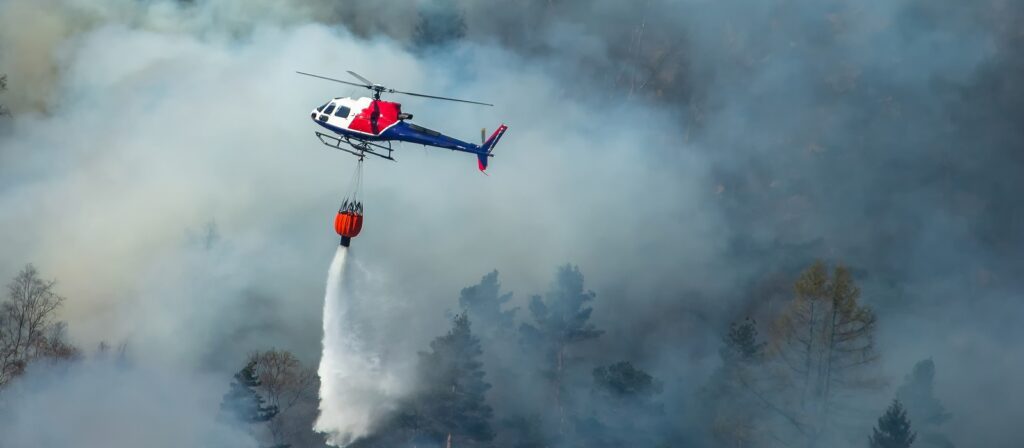“Parametric insurance is not a new concept. Such products and solutions have been in existence for more than 20 years. On the African continent, however, parametric insurance is relatively new but becoming ever more crucial to climate resilience” writes Lesley Ndlovu, Chief Executive Officer, African Risk Capacity (ARC, South Africa).
We are pleased to share this guest blog from Lesley, which is reproduced here for the benefit of ICMIF members with his permission. The blog was originally published by the World Economic Forum Meeting in August 2022.
- In Africa, 490 million people (40% of the population) are living in extreme poverty.
- As a result, communities are highly vulnerable to natural disasters, which are increasing in frequency and severity owing to climate change.
- The continent loses between 5% and 15% of its gross domestic product to climate change.
- Parametric insurance has the potential to be a game-changer in mitigating disaster risk on the African continent.
Parametric insurance is not a new concept. Such products and solutions have been in existence for more than 20 years. On the African continent, however, parametric insurance is relatively new but becoming ever more crucial to climate resilience.
Also called index-based insurance, parametric insurance differs from traditional insurance in that the payment of claims is based on modelled loss, which in turn is based on data. Instead of indemnifying for an actual loss, it offers pre-determined cover for a disastrous event, such as a cyclone, drought or flood.
The two major advantages of parametric insurance are that it enables rapid payment of claims, usually within a few days of the event happening; and it is highly scalable as an insurance programme and can be developed for any part of the world, as long as satellite data is available.
Premiums for countries that have taken out parametric insurance are calculated individually and the claim payouts are based on predetermined and transparent guidelines. A payout is released if certain parameters are met or surpassed by an event. These parameters are set by an index related to the insured country’s risk.
If a country typically experiences floods, for example, the index to measure the probability of floods would be based on rainfall levels. Once the index is triggered, settlement is fast and funds are made available for emergency use and channelled where they are needed most: contributing to recovery and rebuilding. Empirical studies demonstrate that lives and livelihoods are better protected the earlier the intervention occurs.
When disaster strikes
Humanitarian relief funding remains too slow, dependent on international appeals and humanitarian agencies stepping forward. It is reactive rather than proactive, and waiting for aid results in a huge human, economic or environmental cost.
Following a disaster, governments are forced to reallocate funds in the national budget destined for essential development or perhaps education, so they can respond to the crisis. By the time relief arrives for the most vulnerable, it is often too late. The fallout from the disaster means more people become destitute, malnourished and face starvation, thereby reinforcing the poverty trap.
Through parametric insurance, the burden of climate risk is taken away from governments by the insurer, who then manages the risk. Contingency plans are also developed in tandem with governments and funds are already available at the time they are needed. These pre-approved plans ensure there is a strategy for spending the funds in the event of a disaster, thereby facilitating rapid use and ensuring transparency and accountability, as the actual expenditure can be compared to the original plan.
The African context for parametric insurance
The safety net that parametric insurance offers the most vulnerable countries in Africa is now more crucial than ever. The continent, while having 17% of the world’s population is a low CO² emitter at only 3% but is suffering the worst of climate change, evidenced by a sharp increase in natural disasters in recent years.
In 2021, UN data suggests that around 490 million people in Africa – 40% of the population – live in abject poverty, making them less resilient and always the hardest hit by extreme weather events. The continent also loses between 5% and 15% of its gross domestic product to climate change, according to African Economic Outlook 2022.
Agricultural production is vital to food security with smallholder farmers accounting for more than 60% of the Sub-Saharan economically active population. Only 6% of cultivated land is irrigated, most of which is in five countries and the increase in droughts, floods, heatwaves and cyclones is threatening livelihoods and lives.
While there has been increased interest from the international community around disaster risk insurance, the challenge in Africa is to demystify it and move it from niche to mainstream. The continent still lacks an insurance culture and, for many governments, the seeming complexity and intangible benefits of parametric insurance are difficult to understand. However, this does appear to be changing as governments realise the impact of climate change. Various pilot projects are in operation on the continent.
Technology is also helping to expedite the uptake, from early warning systems made possible by advanced satellite weather surveillance to digitisation and artificial intelligence, as well as improved risk modelling.
Setting an example
Countries like Madagascar are setting an example as early adopters. It was the first African country to take up African Risk Capacity Ltd’s parametric cyclone insurance protection. After several extreme weather events and the devastation of Tropical Cyclone Batsarai in 2022, ARC Ltd paid a claim of USD 10.7 million. Madagascar’s foresight saved countless lives as it was able to use the funds to direct emergency aid quickly and efficiently to the most critical areas.
Madagascar had previously signed up for drought cover and in July 2020, following a payout, early interventions of this parametric insurance included nutritional support for 2,000 children under five and water supply for 84,000 households.
In Malawi, the government received USD 14.2 million to help the country recover from the impact of drought experienced during the 2021/2022 agricultural season.
Parametric insurance: Shortfalls and the protection gap
Madagascar and Malawi are case studies for proof of concept in Africa with a total payout of close to USD 25 million for just two claims. However, the UN Office for the Coordination of Humanitarian Affairs recently announced that more than USD 1.8 billion is needed for life-saving interventions in just one region – the Horn of Africa – owing to the ongoing drought and looming famine. This once again underpins the urgent need to increase the uptake of parametric insurance on the continent.
At a 2022 DZ BANK Capital Markets Conference, more sobering stats about Africa were shared. Insured losses are nearly 97% meaning that a mere 3% of losses caused by natural disasters have been insured. However, as these disasters gain momentum, so parametric insurance is increasingly recognized as a way to build resilience in vulnerable countries.
Parametric insurance is, therefore, not only a climate risk game-changer for Africa; it can also help close this wide protection gap.






